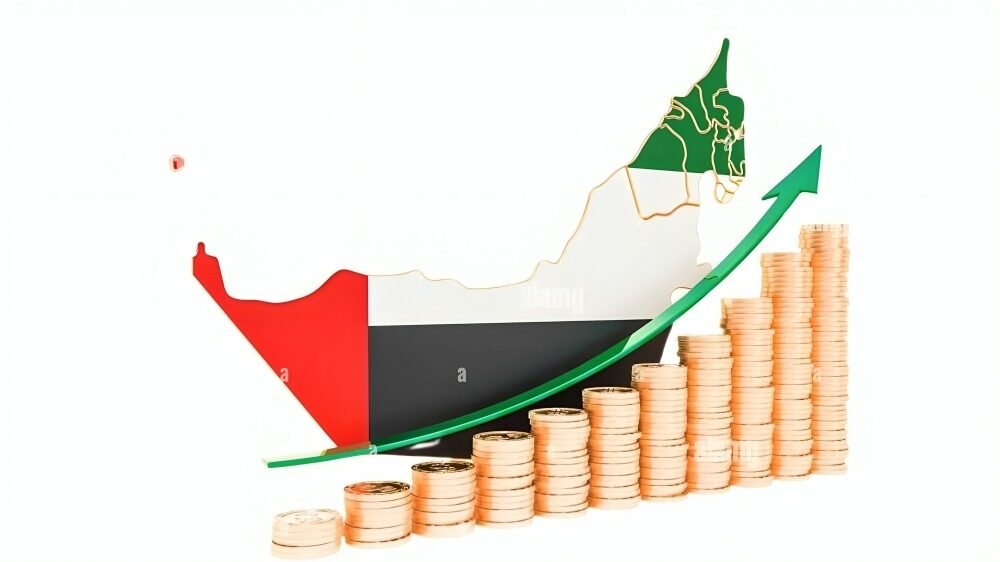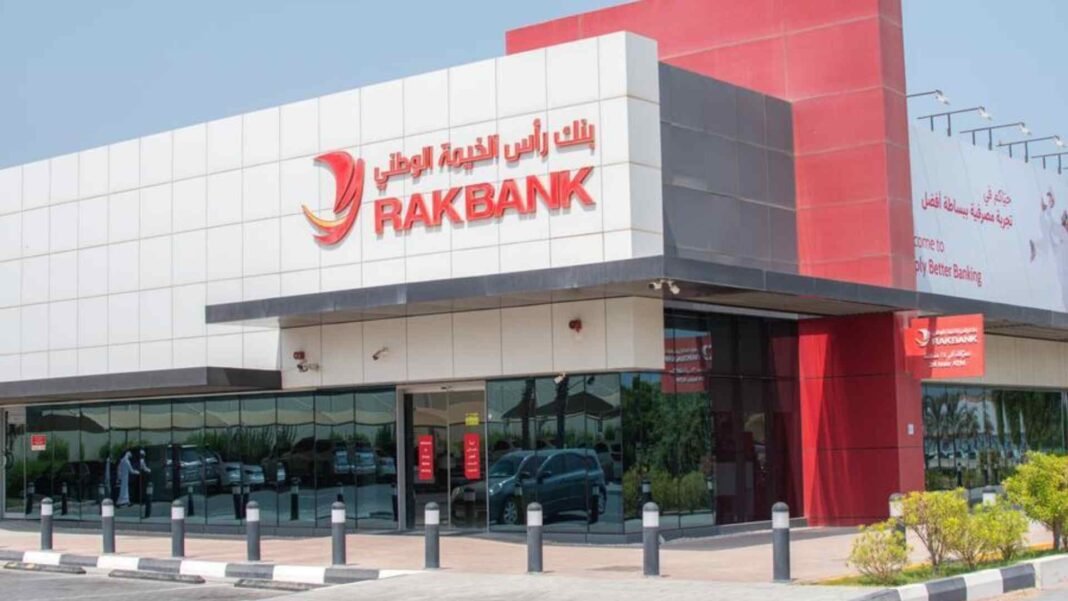UAE interest rate has become a hot topic in financial circles this week, as the UAE Central Bank confirmed that it will maintain its Base Rate at 4.40 percent, following the recent US Fed decision to keep its benchmark rate unchanged at 4.25%–4.50%. This move ensures continuity in policy and sends a clear message of stability to markets, borrowers, and savers across the Emirates.
Why did the UAE Central Bank keep rates steady?
The UAE Central Bank’s decision comes on the heels of the U.S. Federal Reserve’s decision not to raise or cut its key rate. Since the UAE dirham is pegged to the U.S. dollar, the UAE Central Bank typically aligns its UAE interest rate directly with the Fed’s Interest Rate on Reserve Balances (IORB). When the Fed paused, so did the UAE Central Bank.
Specifically, the CBUAE has opted to maintain the Overnight Deposit Facility Base Rate at 4.40% and keeps the rate for short‑term liquidity borrowing at 50 basis points above the Base Rate. This structure mirrors Fed policy and underpins monetary policy in the Emirates.
The context: U.S. Federal Reserve stays put
On July 30, 2025, the Federal Reserve announced no change in its benchmark rate marking the fifth straight meeting with no adjustment. The decision keeps rates in the 4.25%–4.50% range, despite political pressure from former President Trump and dissent from two Fed governors who favored a slight cut.
Federal Reserve Chair Jerome Powell emphasized that while inflation remains slightly elevated and the economy has moderated, the labor market remains resilient, indicating that the Fed is not yet ready to pivot to easing policy.
Implications for the UAE economy
Stability in borrowing costs
With the UAE interest rate on hold, loans tied to variable rates such as mortgages, car financing, and business credit will not see immediate repricing. Borrowers can expect repayment amounts to remain steady in the near term, avoiding sudden spikes.
Consistent returns for savers
Deposit accounts and savings products in the UAE generally offer rates linked to EIBOR or the Base Rate. Since the rate remains stable, savers continue to benefit from higher yields compared to countries where rates have dropped. This is especially relevant for middle‑income residents relying on interest income .
Monetary policy flexibility
By holding firm now, the UAE Central Bank retains flexibility to follow any future actions by the Fed. Analysts widely expect possible rate cuts later in 2025 if inflation cools or the U.S. labor market weakens.
What economists and experts are saying
Market observers had anticipated this outcome, noting the high probability that UAE policy would mirror the U.S. central bank. Analysts caution that unless there’s a shock to economic data, both banks are likely to maintain their cautious stance through mid‑late 2025 .
Some suggest that a meaningful drop in U.S. inflation or slowdown in employment growth could prompt rate cuts later in the year. If the Fed moves, the UAE will almost certainly follow suit again reinforcing the peg-based linkage.
What this means for you: Borrowers, savers, and businesses
Category | Impact Summary |
| Borrowers | No immediate relief; payments remain unchanged |
| Savers | Rates remain attractive; continues earning stable returns |
| Businesses | Stable financing environment; cost planning unaffected |
| Economy‑watchers | Timing of potential rate cuts hinges on U.S. macro data |
Future outlook: What could change the equation?
Several economic triggers may alter the current status:
- U.S. inflation trend: If inflation moderates significantly toward the Fed’s 2% target, rate cuts may come sooner, impacting the UAE interest rate.
- Labor market dynamics: Weak job growth or rising unemployment in the U.S. would likely shift Fed policy toward easing, and the UAE would follow.
- Global risks: Ongoing trade tensions, volatile commodity prices, or geopolitical uncertainty may influence future decisions by both central banks.
UAE interest rate policy remains unchanged at 4.40% as the UAE Central Bank continues to align with the US Fed decision to hold rates steady. This synchronization serves to uphold the UAE dirham peg and maintain domestic financial stability. For now, borrowers see no reprieve, and savers continue to benefit while the door remains open for potential easing later in 2025 contingent on global data developments.
This cohesive approach highlights how macro decisions in Washington resonate in policy corridors from Abu Dhabi to Dubai, illustrating the deep interconnectedness of global central banking in a currency‑pegged economy.





